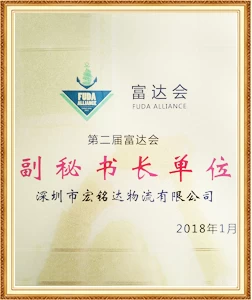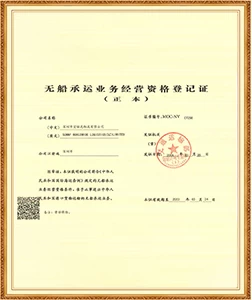A total of 28865 times! What goods are most frequently inspected by U.S. Customs?
Sunny Worldwide LogisticsIt is a logistics company with more than 20 years of transportation experience, specializing in Europe, the United States, Canada, Australia, Southeast Asia and other markets. It is more of a cargo owner than a cargo owner~

The U.S. Department of Homeland Security issued a report stating that the vast majority of counterfeit goods entering the United States came from China, and China launched an investigation into this.
It is understood that when U.S. Customs inspects goods,A total of 28,865 counterfeit products were seized.The vast majority of counterfeit products originate from Hong Kong and mainland China.
According to data related to counterfeit products seized by U.S. Customs and Border Protection (CPB), the following categories are the most frequently inspected goods shipped by U.S. sea freight:
*1 Clothing/Accessories
Clothing and accessories are the largest category for fakes,The number of seizures accounted for 22%.High-end clothing has high profit margins, so it is profitable. The desire to buy high-end clothing drives the counterfeit market.
*2Consumer electronics
One in five counterfeit products is electronics, making it the second most counterfeit category in the United States.The number of seizures accounted for 18%, the total value of the seized goods was US.25 million, accounting for 10% of the total value of the seized goods.
Many American consumers want to buy the latest products, which stimulates the purchase and production of counterfeit electronic products to a certain extent. Many consumers could easily fall victim.
*3 shoes
Shoes accounted for 10% of the number of seizures. Last year, counterfeit shoes were seized 2,818 times, which was twice as many as the previous year.Many shoe manufacturers have taken action to combat counterfeiting, with Nike, for example, adding many hidden details to its own shoes.

*4Watches/Jewelry
Watches were seized 10% of the time,The total price of watches/jewelry seized in 2015 accounted for 45% of the total price of seized goods, accounting for the largest share.
In one case last August, 175,000 counterfeit watches were seized. Like other luxury goods, watches and jewelry are susceptible to counterfeiting and copyright infringement. Counterfeit jewelry and watches have become a major issue in the industry, and the Federation of the Swiss Watch Industry holds annual anti-counterfeiting campaigns.
*5Drug and personal care products
Globally, pharmaceuticals are among the most counterfeited goods, accounting for 8% of seizures. Because high-quality medicines are in high demand, supply is limited, and prices are high, selling counterfeit medicines is very profitable for criminals.
There are many fake products, but also many genuine products. Drug patent infringement is one of the key concerns in the United States.
*6 handbags/wallets
The value of the seized handbags and wallets accounted for 15% of the total price of the seized goods.The number of seizures accounted for 7%. Some handbags cost tens of thousands of dollars, and there is a huge market for high-end handbags. During an inspection last July, CPB seized 10,788 Gucci and Coach handbags from China.
*7 Optical media
Optical media including games, DVDs, CDs and other products were seized 5% of the time.The total value of the seized goods increased from .88 million in 2014 to .25 million in 2015. And in the Internet age, these contents are increasingly sold electronically, so they are more likely to go wrong.
*8Computer/Electronic Accessories
electricityBrain/electronic accessories were seized 3% of the time.Many counterfeit products may be targeted at military systems and equipment, so these counterfeit products are not only harmful to the economy but also detrimental to U.S. defense and security. The profits from selling counterfeit computer parts are very high, and in recent years counterfeit computer parts have been found in U.S. military weapons.
*9Fake placards and labels
Counterfeit OEMs and labels were detected 2% of the time.Counterfeit goods require labeling and labelling. Plaques and labels on counterfeit clothing are not included. The seized labels and tags include cloth labels, stickers and metal labels, which are commonly used for OEM clothing, handbags, shoes, electronic products and software.
It is reported that U.S. Customs inspections are conducted randomly. If there is a U.S. Customs inspection, it will delay the delivery time in the United States. The general inspection time is:It takes about 2~6 days for X-ray scanning and 2~3 weeks for unpacking inspection.




















